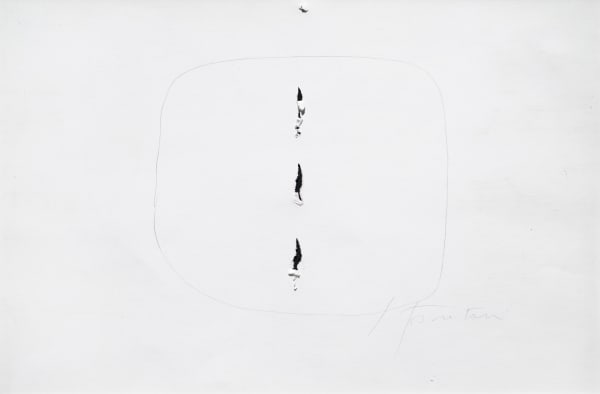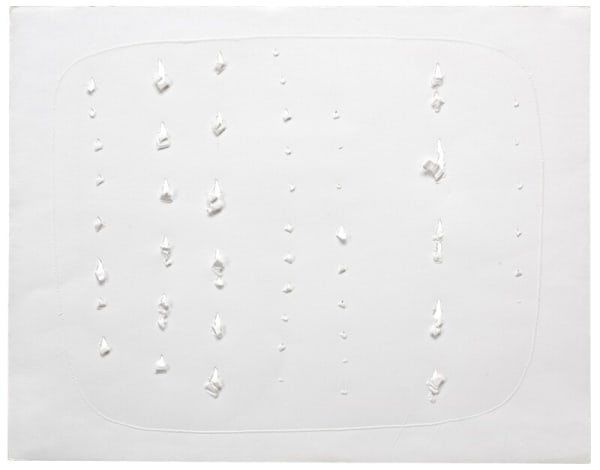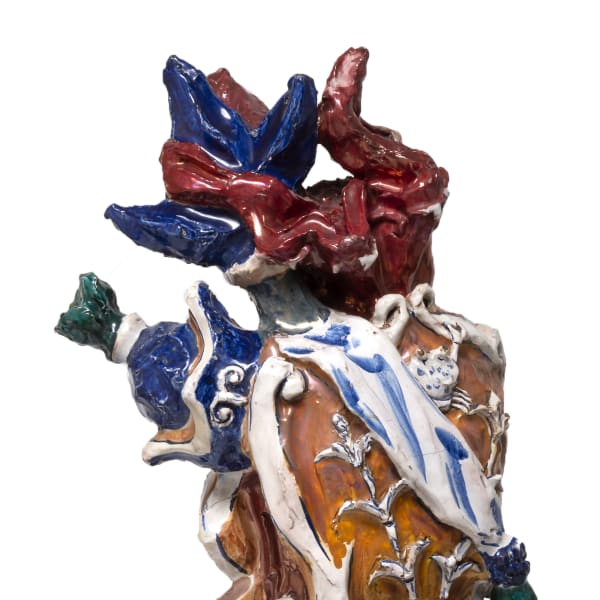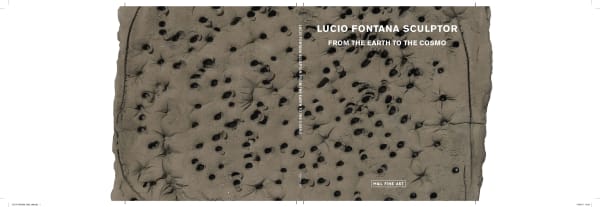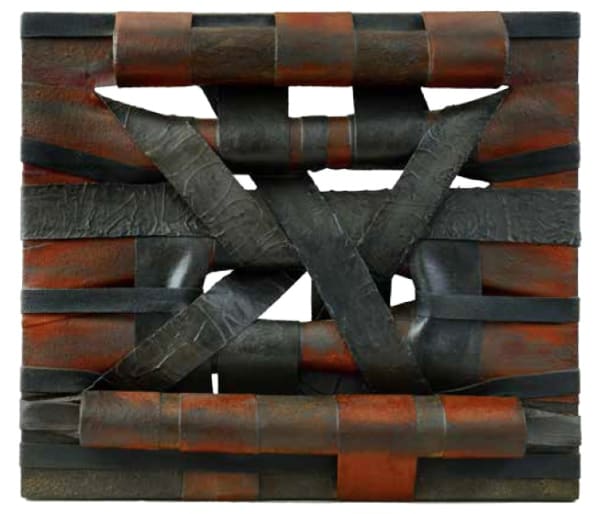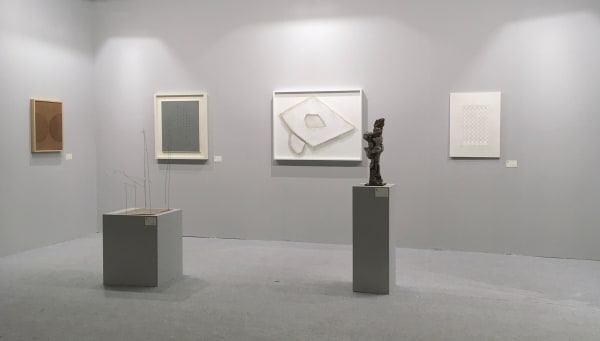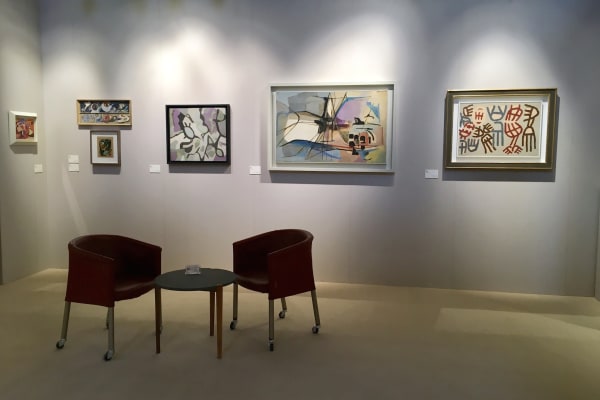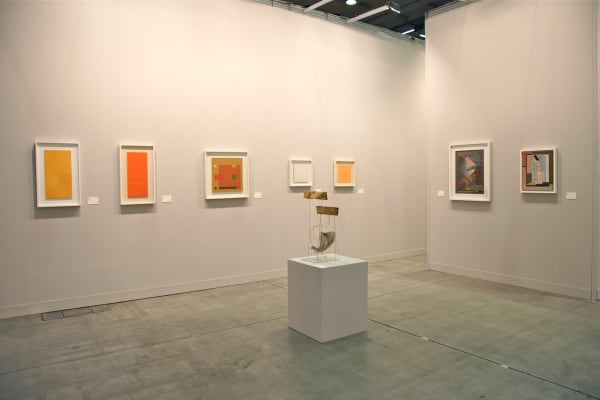Lucio Fontana Italian, 1899-1968
-
 Vongola e corallo, 1936
Vongola e corallo, 1936 -
 Polpo e conchiglia, 1939
Polpo e conchiglia, 1939 -
 Concetto spaziale, 1950
Concetto spaziale, 1950 -
 Corrida, 1950-55
Corrida, 1950-55 -
 Concetto spaziale, 1951
Concetto spaziale, 1951 -
 Corrida, 1952
Corrida, 1952 -
 Concetto spaziale , 1955
Concetto spaziale , 1955 -
 Concetto spaziale, 1955
Concetto spaziale, 1955 -
 Concetto spaziale, 1957
Concetto spaziale, 1957 -
![Lucio Fontana, Concetto spaziale [Still life], 1957](data:image/gif;base64,R0lGODlhAQABAIAAAAAAAP///yH5BAEAAAAALAAAAAABAAEAAAIBRAA7) Concetto spaziale [Still life], 1957
Concetto spaziale [Still life], 1957 -
![Lucio Fontana, Concetto spaziale [Still life], 1957](data:image/gif;base64,R0lGODlhAQABAIAAAAAAAP///yH5BAEAAAAALAAAAAABAAEAAAIBRAA7) Concetto spaziale [Still life], 1957
Concetto spaziale [Still life], 1957 -
 Concetto spaziale, 1960-61
Concetto spaziale, 1960-61 -
 Concetto spaziale, 1964-65
Concetto spaziale, 1964-65 -
 Concetto spaziale, 1966-68
Concetto spaziale, 1966-68 -
 Concetto spaziale, 1966-68
Concetto spaziale, 1966-68 -
 Concetto Spaziale, Natura, 1967
Concetto Spaziale, Natura, 1967 -
 Concetto spaziale, Attese, 1968
Concetto spaziale, Attese, 1968 -
 Concetto spaziale. Natura, 1968
Concetto spaziale. Natura, 1968
-

RITORNO AL BAROCCO
FONTANA LEONCILLO MELOTTI 2 Feb - 30 Apr 2021MILAN - ML Fine Art is pleased to announce the upcoming exhibition RITORNO AL BAROCCO: FONTANA, LEONCILLO, MELOTTI, curated by Andrea Bacchi. The title of the exhibition recalls a famous...Read more -

Lucio Fontana Sculptor: From the Earth to the Cosmos
7 Mar - 12 May 2017M&L Fine Art will present Lucio Fontana: Sculptor – From the Earth to the Cosmos, a rare opportunity to retrace Lucio Fontana’s (1899-1968) artistic career represented through a series of sculptures and ceramics shown in the UK for the first time.Read more -

Salvatore Scarpitta: Material X
10 Jun - 22 Jul 2016ML Fine Art London presents the first solo show of Salvatore Scarpitta in the UK, with the aim of investigating the most fervid and significant period in Salvatore Scarpitta's artistic development from 1958-68.Read more
Lucio Fontana was born on February 19, 1899, in Rosario de Santa Fé, Argentina.
His father was Italian and his mother Argentinean. He lived in Milan from 1905 to 1922 and then moved back to Argentina, where he worked as a sculptor in his father's studio for several years before opening his own. In 1926, he participated in the first exhibition of Nexus (formed in 1907), a group of young Argentinean artists in Rosario de Santa Fé. On his return to Milan in 1928, Fontana enrolled at the Accademia di belle arti di Brera, which he attended for two years.
The Galleria del Milione, Milan, organized Fontana's first solo exhibition in 1930. In 1934, he joined the group of abstract Italian sculptors associated with the gallery. The artist traveled to Paris in 1935 and joined the group Abstraction-Création (Abstraction Creation, 1931-36). The same year, he developed his skills in ceramics in Albisola, Italy, and later at the Sèvres factory, near Paris. In 1939, he joined the Milanese anti-Fascist artists' group Corrente (Current, 1938-43). He also intensified his lifelong collaboration with architects during this period.
In 1940, Fontana moved to Buenos Aires. With some of his students, he founded in 1946 the Academia de Altamira, from which emerged the Manifesto blanco (White manifesto, 1946). He moved back to Milan in 1947 and in collaboration with a group of writers and philosophers signed the Primo manifesto dello spazialismo (First manifesto of spatialism). He subsequently resumed his ceramic work in Albisola to explore these new ideas with his Concetti spaziali (Spatial concepts, 1949-60).
The year 1949 marked a turning point in Fontana's career; he concurrently created his first series of paintings in which he punctured the canvas with buchi (holes), and his first spatial environment, a combination of shapeless sculptures, fluorescent paintings, and black lights to be viewed in a dark room. The latter work soon led him to employ neon tubing in ceiling decoration. In the early 1950s, he participated in Italian Art Informel exhibitions. During this decade, he explored working with various effects, such as slashing and perforating, in both painting and sculpture. The artist visited New York in 1961 during a show of his work at the Martha Jackson Gallery. In 1966, he designed opera sets and costumes for La Scala, Milan.
In the last year of his career, Fontana became increasingly interested in the staging of his work in the many exhibitions that honored him worldwide, as well as in the idea of purity achieved in his last white canvases. These concerns were prominent at the 1966 Venice Biennale, for which he designed the environment for his work, and at the 1968 Documenta, Kassel, West Germany. Fontana died on September7, 1968, in Comabbio, Italy.
-
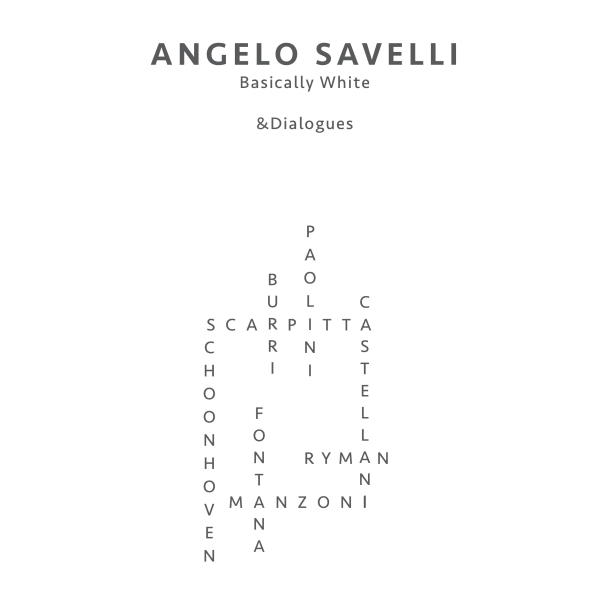
Angelo Savelli
Basically White Guido Ballo, Piero Dorazio, James Harithas, Louis Kahn, 2016 Read more -
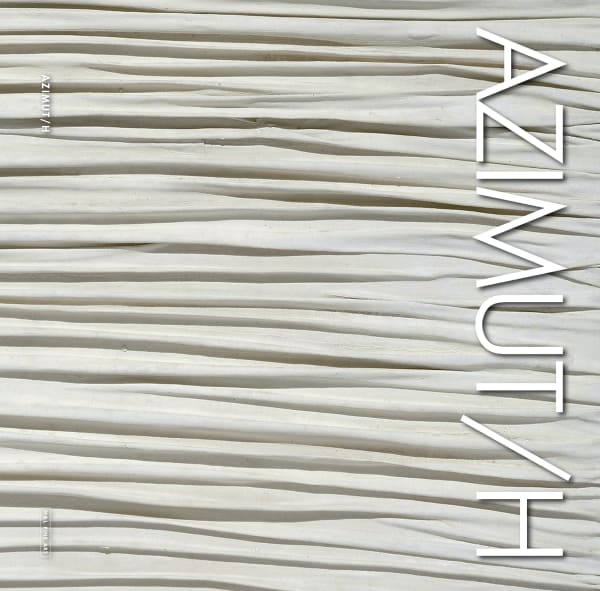
Azimuth
Francesca Pola, 2018 Read more -

Lucio Fontana Sculptor
From the Earth to the Cosmo Paolo Campiglio, Luciano Tellaroli, 2017 Read more -

Ritorno al Barocco
Fontana Leoncillo Melotti Andrea Bacchi , 2021 Read more
-
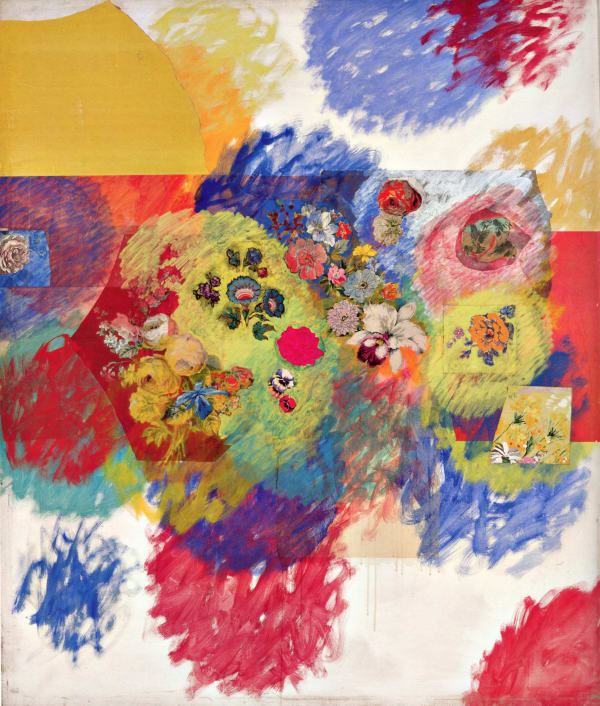
miart 2025
3 - 6 Apr 2025We are pleased to announce our participation at Miart 2025. On this occasion our booth will showcase a selection of historically relevant paintings, sculptures and...Read more -
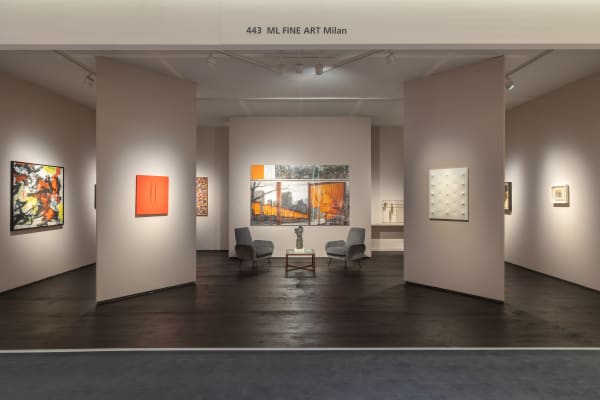
TEFAF Maastricht 2024
7 - 14 Mar 2024We are looking forward to seeing you at TEFAF Maastricht 2024! On this occasion our booth will showcase a selection of historically relevant paintings, sculptures...Read more -
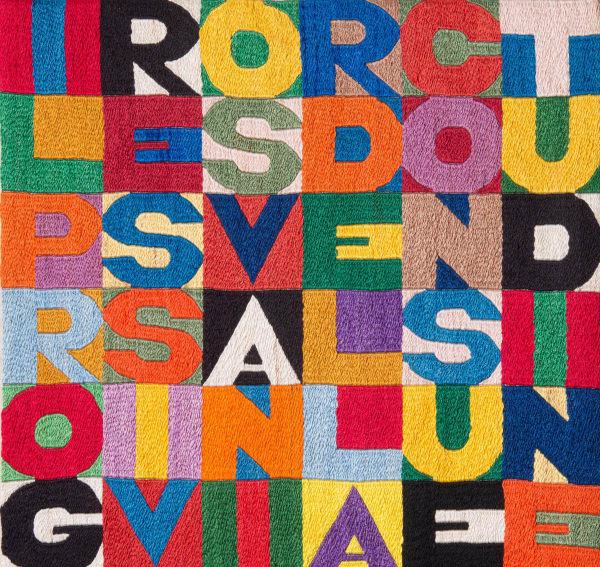
Arte e Collezionismo, Rome
ML Fine Art is pleased to invite you to visit us at Arte e Collezionismo art fair in Rome. 29 Sep - 2 Oct 2023ML Fine Art looks forward to seeing you in Rome. On this occasion our booth will showcase a selection of historically relevant paintings, sculptures and...Read more -
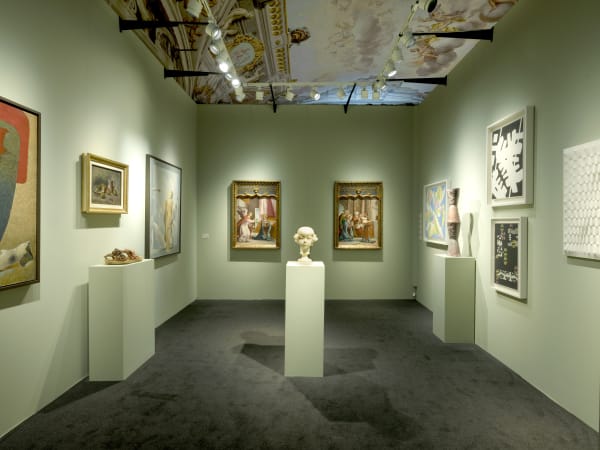
BIAF 2022
24 Sep - 2 Oct 2022ML Fine Art is pleased to announce the participation in BIAF Florence 2022. On this occasion our booth will showcase gallery's recent discovery, two panels,...Read more
-

MIART 2021
17 - 19 Sep 2021ML Fine Art is pleased to announce its participation to the 25th edition of Miart, Milan’s international modern and contemporary art fair, that will take...Read more -

NOMAD 2021
8 - 11 Jun 2021ML Fine Art is pleased to announce its participation at NOMAD ST. MORITZ 2021, with a selection of works by Carla Accardi, Alighiero Boetti, Antonio...Read more -
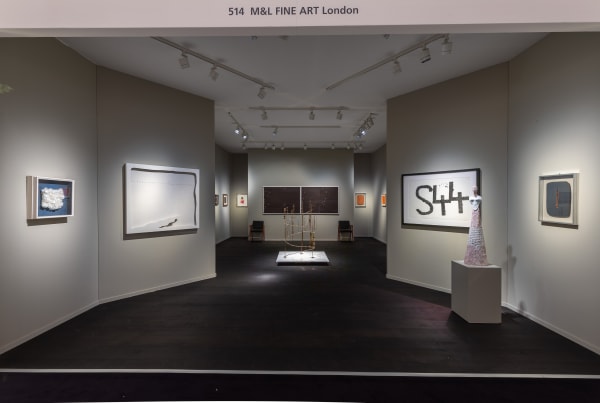
TEFAF Maastricht 2020
4 - 11 Mar 2020We are pleased to announce our participation at TEFAF Maastricht 2020. Our booth will showcase a selection of historically relevant paintings, sculptures and works on...Read more -
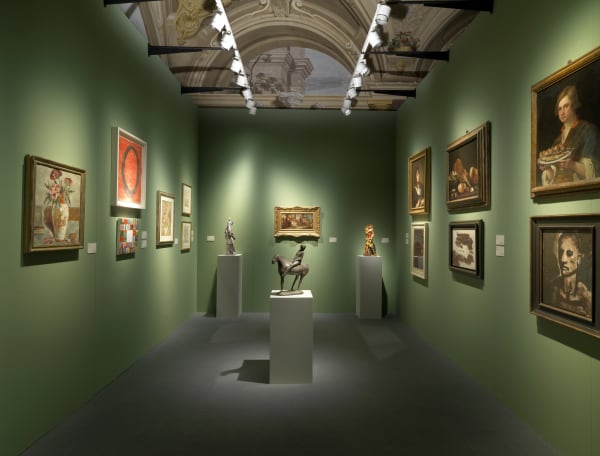
BIAF 2019
Florence International Biennial Antiques Fair 21 - 29 Sep 2019Read more
-
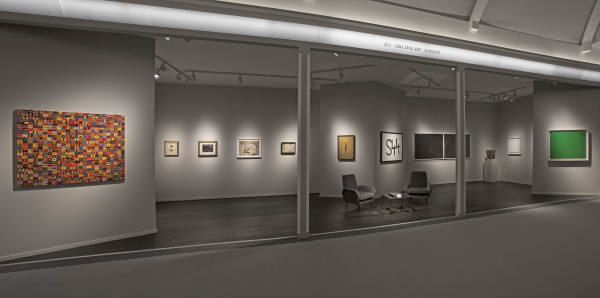
Masterpiece London 2019
27 Jun - 3 Jul 2019M&l Fine Art is pleased to participate, for the fourth consecutive year, at Masterpiece London. Our booth featured a selection of historic works by Modern...Read more -
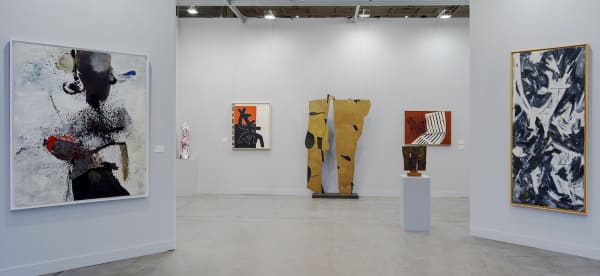
MIART 2019
5 - 7 Apr 2019Galleria Matteo Lampertico is pleased to partecipate at Miart 2019. Our booth will present a selection of works by Italian and International artists, including Pietro...Read more -
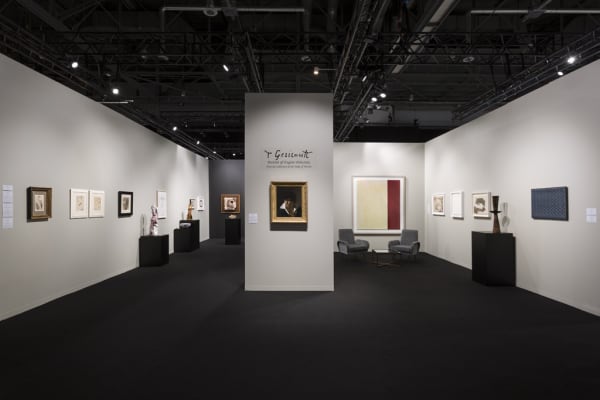
Artgenève 2019
31 Jan - 3 Feb 2019Led by important and historic works by Théodore Géricault, Paul Gauguin, Lucian Freud and Piero Manzoni, M&L Fine Art's booth presented a tightly curated booth...Read more -

Masterpiece London 2018
28 Jun - 4 Jul 2018Read more
-
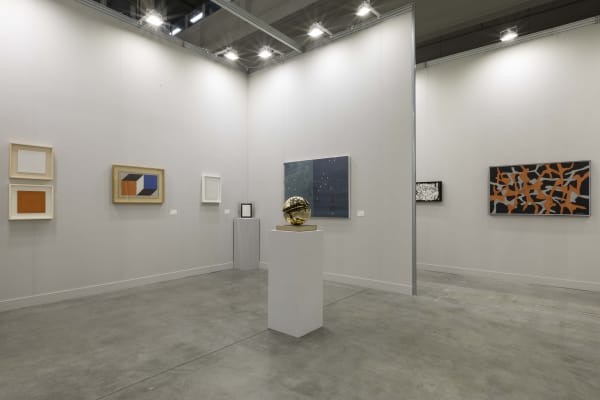
MIART 2018
13 - 15 Apr 2018Galleria Matteo Lampertico is pleased to partecipate at Miart 2018. Our booth will present a selection of works by Italian and Internartional artists, including Alighiero...Read more -
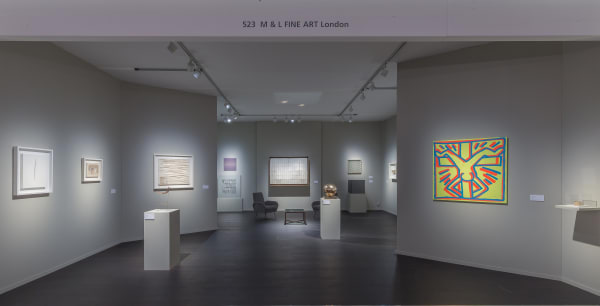
TEFAF Maastricht 2018
8 - 18 Mar 2018M&L Fine Art is pleased to announce its inaugural participation at TEFAF Maastricht. Our booth will present a curated selection of Italian and international post-war...Read more -
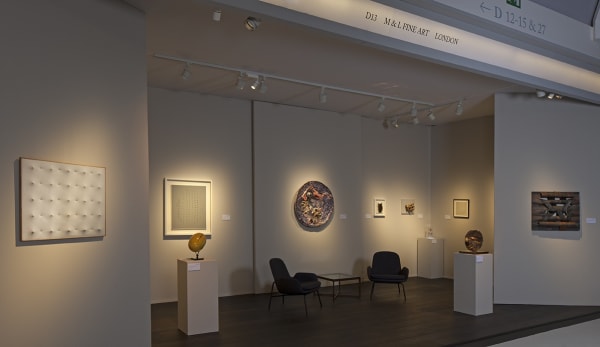
Masterpiece London 2017
29 Jun - 5 Jul 2017Read more -

Miart 2017
31 Mar - 2 Apr 2017Read more
-

RITORNO AL BAROCCO: Leoncillo Leonardi in conversation with Lucio Fontana
December 11, 2020In occasion of the exhibition RITORNO AL BAROCCO. FONTANA, LEONCILLO, MELOTTI, curated by Andrea Bacchi, ML Fine Art is pleased to present two extraordinary works:...Read more -

RITORNO AL BAROCCO: Lucio Fontana, Crocifisso, 1949
December 11, 2020In occasion of the exhibition RITORNO AL BAROCCO. FONTANA, LEONCILLO, MELOTTI, curated by Andrea Bacchi, ML Fine Art is pleased to present this extraordinary Crocifisso...Read more -
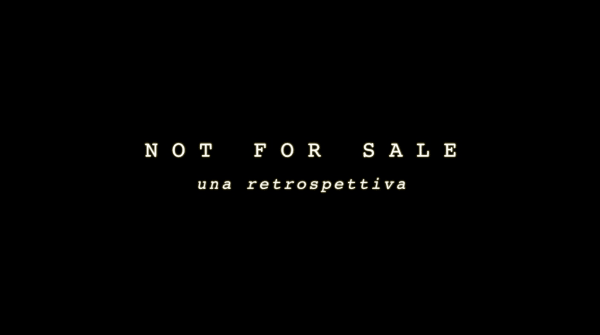
Not for Sale: a Retrospective
2007 - 2020 July 1, 2020For the opening of ML Fine Art - Matteo Lampertico new space in Milan, we are pleased to share with you a video of the...Read more -

Focus on art: Lucio Fontana and Fausto Melotti | In dialogue | Part 3
April 22, 2020Focus on Art is a weekly video series by M&L Fine Art, presenting iconic artworks by key artists of the gallery programme. This third episode...Read more -

Focus on art: Lucio Fontana and Fausto Melotti | In dialogue | Part 2
April 14, 2020Focus on Art is a video series by M&L Fine Art, presenting iconic artworks by key artists of the gallery programme. This is the second...Read more -

Focus on art: Lucio Fontana and Fausto Melotti | In dialogue | Part 1
April 7, 2020Focus on Art is a video series by M&L Fine Art, presenting iconic artworks by key artists of the gallery programme. This episode inaugurates a...Read more


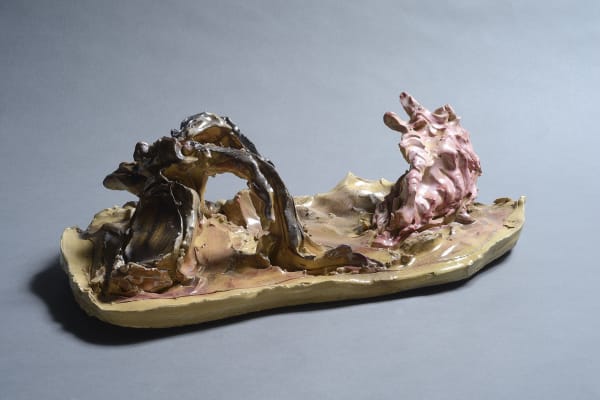
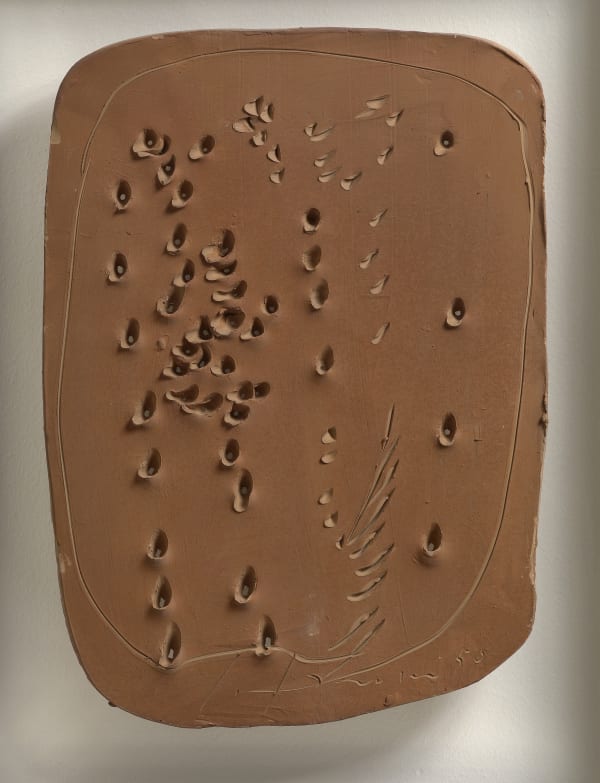



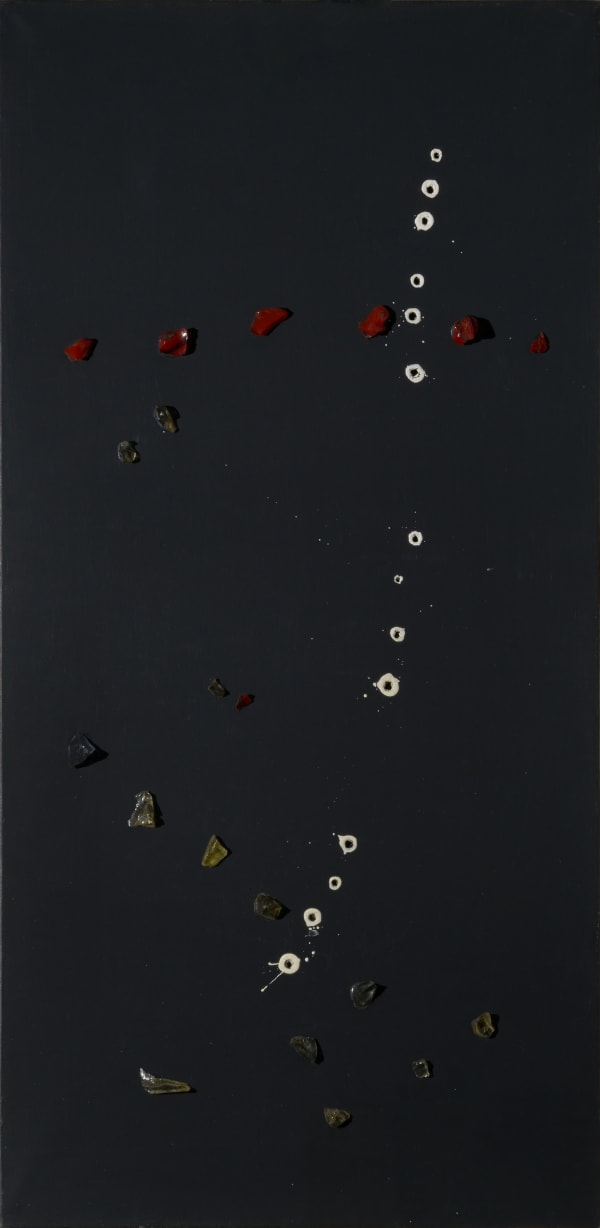

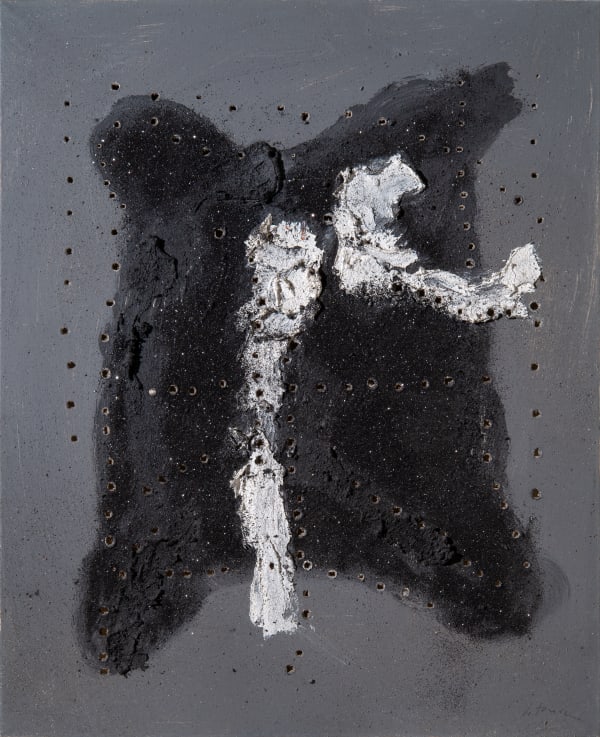
![Lucio Fontana, Concetto spaziale [Still life], 1957](https://artlogic-res.cloudinary.com/w_600,c_limit,f_auto,fl_lossy,q_auto/artlogicstorage/mlfineart/images/view/a1c0cf45c9b44dd5596b4f9241914805j/mlfineart-matteolampertico-lucio-fontana-concetto-spaziale-still-life-1957.jpg)
![Lucio Fontana, Concetto spaziale [Still life], 1957](https://artlogic-res.cloudinary.com/w_600,c_limit,f_auto,fl_lossy,q_auto/artlogicstorage/mlfineart/images/view/6e5f727a64729cd8a71c640c0f681433j/mlfineart-matteolampertico-lucio-fontana-concetto-spaziale-still-life-1957.jpg)

